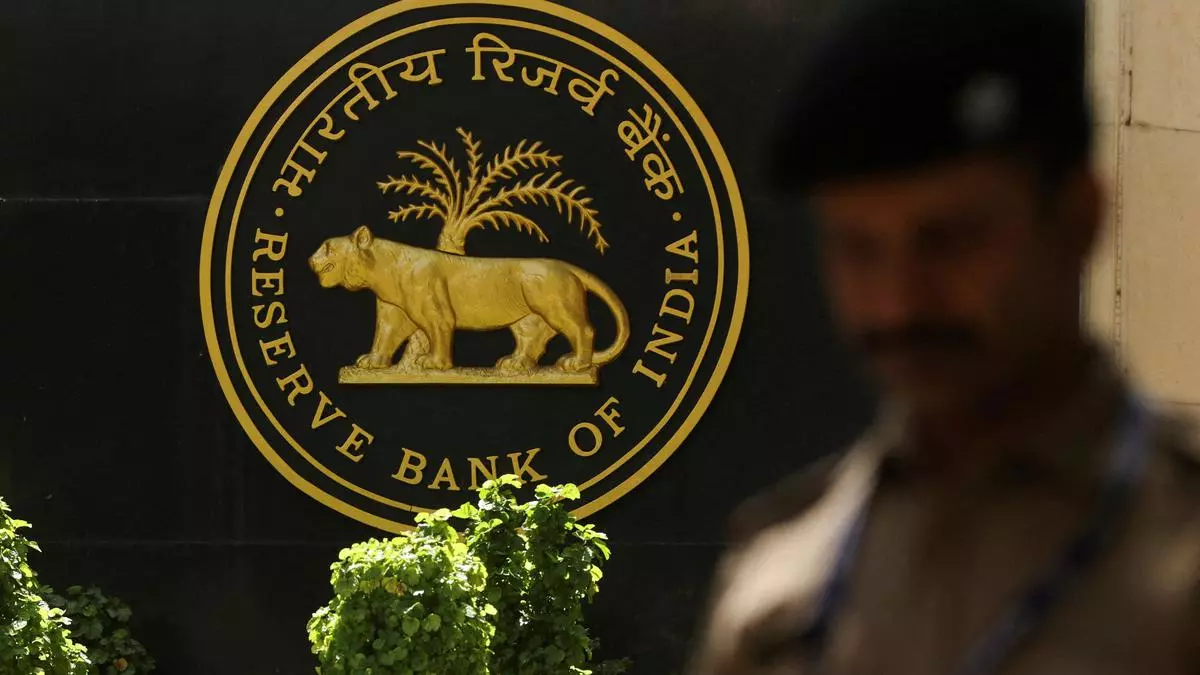As the new financial year commences, the Reserve Bank of India (RBI) has taken proactive steps to manage liquidity in the banking system. Through a series of variable rate reverse repo (VRRR) auctions, the RBI aims to address the surplus liquidity resulting from the government’s March month-end spending. This article delves into the details of these operations and their implications for monetary policy.
Surplus Liquidity
The banking system currently experiences a surplus liquidity of ₹1.47 lakh crore as of April 2, primarily driven by the government’s expenditure at the end of March. To counteract this surplus, the RBI has initiated liquidity management operations through VRRR auctions.
VRRR Auctions Overview
The RBI conducted four VRRR auctions on April 2 and April 3, aimed at absorbing excess liquidity from the banking system. The response to these auctions varied, with banks deploying funds ranging from modest amounts to relatively substantial sums.
- First Two-Day VRRR Auction: Banks deployed ₹2,015 crore, with the RBI accepting funds at a weighted average rate (WAR) of 6.49 per cent.
- Second Two-Day VRRR Auction: Banks placed funds amounting to ₹22,365 crore, accepted by the RBI at a WAR of 6.49 per cent.
- First Three-Day VRRR Auction: RBI received and accepted funds worth ₹32,105 crore at a WAR of 6.49 per cent.
- Second Three-Day VRRR Auction: RBI received and accepted funds worth ₹21,325 crore at a WAR of 6.49 per cent.
Rationale Behind RBI’s Actions
Rahul Bajoria, Managing Director and Senior Regional Economist at Barclays Investment Bank, highlights the RBI’s active liquidity management approach since the February monetary policy committee (MPC) meeting. These interventions aim to align the weighted average call rate (WACR) with the repo rate, ensuring effective monetary policy transmission.
Expectations for Policy Stance
Given the prevailing surplus liquidity and the RBI’s commitment to managing liquidity conditions, experts anticipate the policy stance to remain “withdrawal of accommodation” in the upcoming MPC meeting. This stance aligns with efforts to maintain stability and control inflationary pressures in the economy.
As the RBI continues its efforts to manage liquidity in the banking system, the effectiveness of these measures remains crucial for maintaining stability and supporting economic growth. With surplus liquidity posing challenges, the central bank’s proactive approach underscores its commitment to sound monetary policy practices. As the financial landscape evolves, stakeholders await further developments and policy announcements from the RBI to navigate the economic landscape effectively.















